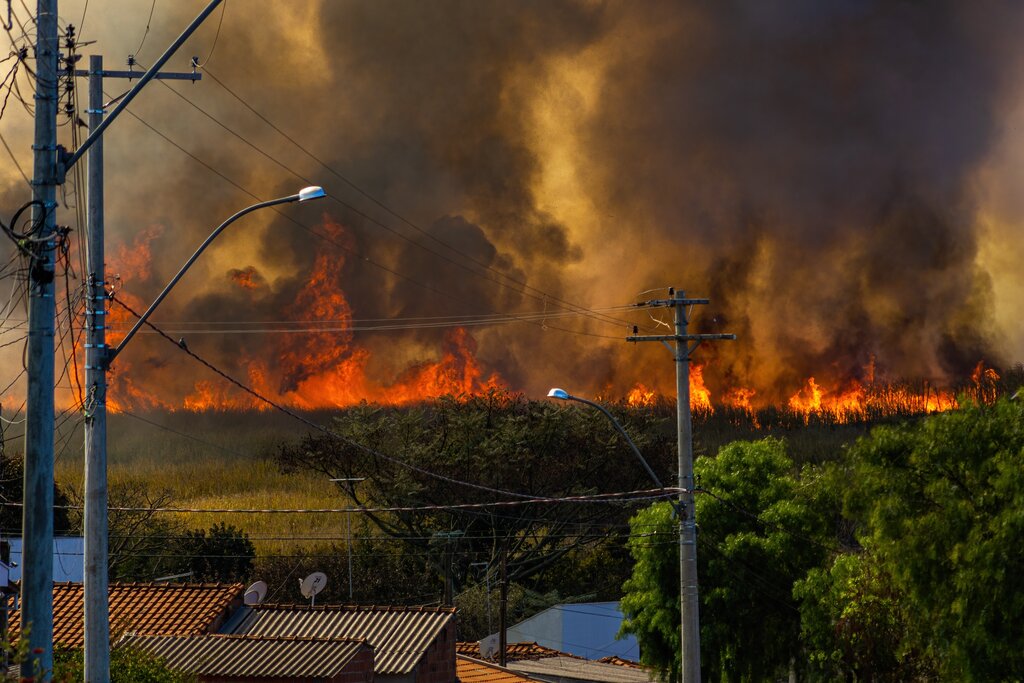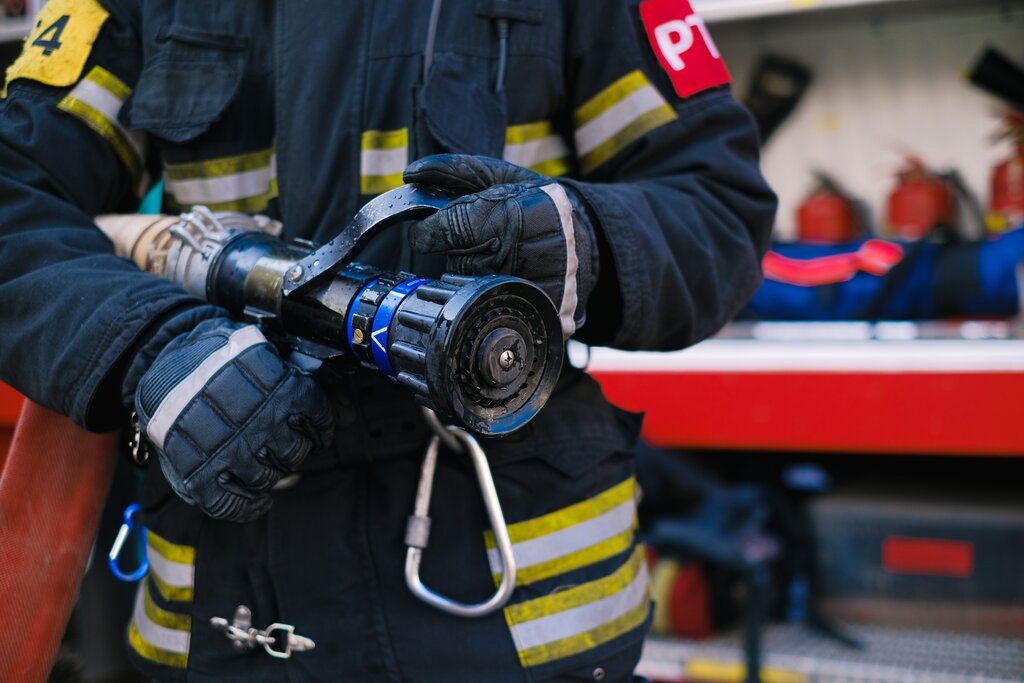Holiday Fire Fatalities
70% Higher Than Average
Did you know that house fires during the holiday season are more frequent, more costly, and more deadly than at any other time of the year?
In fact, the number of open-flame fires on Christmas Day is more than double the average, and New Year’s Day runs a close second. That’s according to the U.S. Fire Administration (USFA). Even worse, the number of fatalities during a holiday fire is nearly 70% higher than average, and property loss is 34% greater.
Here Are a Few More Holiday Fire Facts:
- One of every three home Christmas tree fires is caused by electrical problems.
- Christmas tree fires are more likely to be serious, resulting in death once in every 31 occurrences (compared to an average of one death per 144 total reported home fires).
- A heat source too close to the tree causes 25% of all Christmas tree fires.
- December is the peak time of year for home candle fires.
- One-third of all candle fires start in the bedroom.
To see just how quickly a dry Christmas tree can go up in flames, check out the following FEMA video clip:
Keeping the Home Fires Burning…Safely
So how can you keep your household from becoming a statistic this holiday season? We’ve got a few ideas:
In the Kitchen
Just like at other times of the year, a holiday fire will usually start in the kitchen. But during the holidays, it’s even easier for the cook to become distracted by everything that’s going on.
Unattended food is the most common culprit. Try taking a pot holder with you whenever you leave the kitchen, as a reminder that you’ve still got something cooking.
Keep a kitchen fire extinguisher handy, and make sure all smoke detectors are working properly.
This Little Light
Candle fires are four times more likely to occur in December than any other month. You can reduce the risk by maintaining a distance of about three feet between the lit candle and anything flammable.
Make sure candles are set on sturdy bases or, bet still, cover them with hurricane globes. NEVER leave a lit candle unattended.
If you want ambiance without the danger of open flame, consider flameless LED candles.
–Article Continues Below–

Oh, Christmas Tree
You know how highly flammable turpentine is? Well, it’s made from pine trees. According to the USFA, a Christmas tree is “almost explosive” when it catches on fire.
Let’s review some ways to minimize the risk of your tree going up in flames:
Make sure the tree is fresh when you purchase it, with needles intact. And be sure to get a fresh cut on the trunk, to encourage water uptake through the trunk.
Always keep your tree away from any heat source (fireplace, radiator, lit candle).
Check your tree’s water supply daily, and replenish it often. Fresh trees dry out quickly in heated homes. Bear in mind that, no matter how well-watered you keep it, your tree will start to dry out after four weeks. Take it down after the holidays.
Finally, if using an artificial tree, make sure it’s flame-retardant.
Let There Be Lights
Nothing says “holidays” better than strings of lights. But before you get all Clark Griswold about it, there are a few safety precautions you need to take.
First of all, inspect the lights and discard any that are damaged. Frayed or cracked electrical cords or broken sockets are major fire hazards during the holidays.
While you’re at it, make sure your extension cords are in good condition and rated for indoor or outdoor use. Don’t run more than three strings of lights end to end, and don’t ever string together multiple extension cords.
When hanging lights outside, use UL-rated clips or hangers. Nails or staples can damage the wiring and increase the risk of a fire.
Finally, resist the temptation to leave your lights up all year round. They can be chewed by squirrels and damaged by weather. Which is why safety experts recommend outdoor lights be taken down within 90 days.
HAPPY HOLIDAYS FROM FRONTLINE WILDFIRE DEFENSE™!
Sources:
Featured Image: Pixabay






